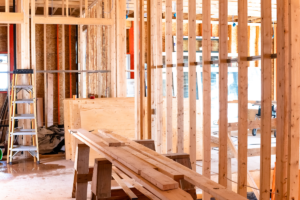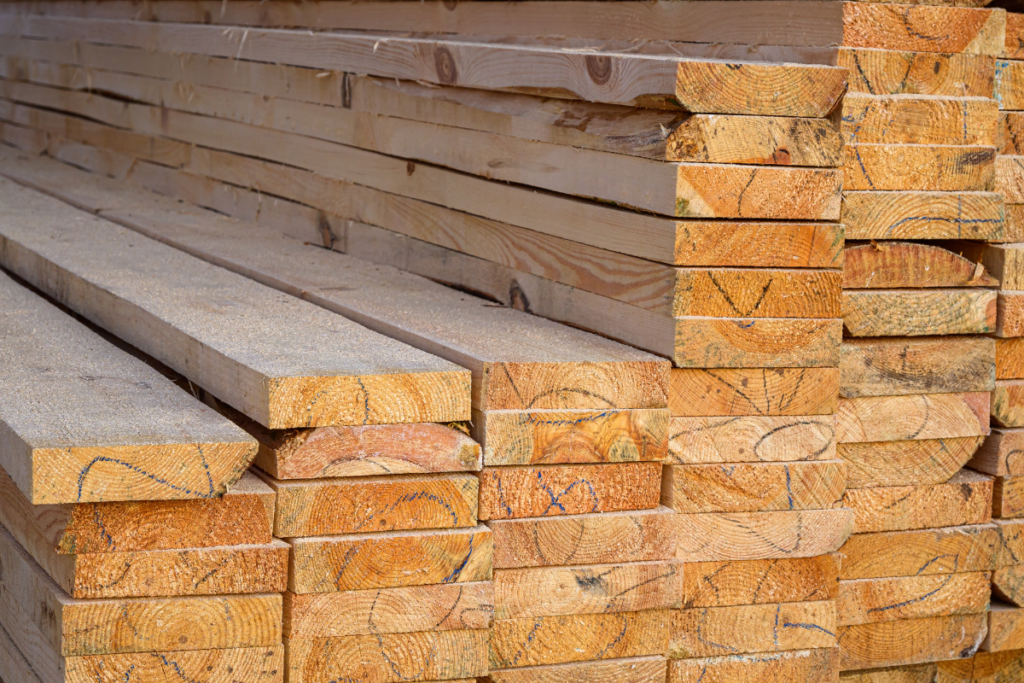 Introduction to Timber Planning and Estimation:
Introduction to Timber Planning and Estimation:
Timber is a versatile building material, widely used in construction, furniture making, and various other industries. However, one of the biggest challenges associated with using timber in any project is planning and estimating its required quantity, cost, and overall management. Timber planning and estimation not only ensures efficient resource allocation but also helps in avoiding unnecessary costs and wastage, making your projects smoother and more cost-effective.
In this article, we will explore the critical steps and techniques for effective timber planning and estimation, highlighting key factors that influence cost, project timelines, and material requirements. Additionally, we will look at how you can avoid common mistakes during the estimation process to ensure success in your timber-related projects.
Why is Timber Planning Important?
Timber planning is the process of determining how much timber is needed for a specific project, whether it’s for building, carpentry, or any other purpose. Poor planning can result in either too much or too little timber, both of which can create unnecessary headaches.
- Over-purchasing timber means wasting valuable resources and money, leading to storage problems and increased project costs.
- Under-purchasing timber, on the other hand, can cause delays in the project as you may need to place additional orders, which disrupts project timelines.
Therefore, thorough timber planning and estimation ensures that you use the right amount of timber for your project, avoiding any waste or shortfalls.
Key Factors in Timber Estimation
When it comes to timber planning and estimation, there are several key factors to consider to ensure accuracy and cost efficiency.
1. Project Scope and Design
Before you can estimate the amount of timber you need, it’s crucial to have a clear understanding of your project’s design and scope. Are you building a house, constructing furniture, or doing a renovation? Each project requires a different type of timber and a varying quantity.
- Detailed blueprints or design plans are essential for accurate estimations. These plans should outline the dimensions, shapes, and sizes of the timber components needed.
- For larger construction projects, breaking down the project into sections or phases can help in more precise estimation.
2. Timber Type
The type of timber you choose has a major impact on cost and availability. Hardwood, softwood, treated, and untreated timbers each come with their own pricing structures.
- Hardwoods (like oak, mahogany, and teak) are generally more expensive than softwoods (like pine and cedar).
- Treated timber, which has undergone chemical processes to make it more durable, also tends to be more expensive but offers a longer lifespan, especially for outdoor projects.
Choosing the right timber for your project is a crucial part of the timber planning and estimation process.
3. Wastage Allowance
No matter how precise your calculations are, timber waste is inevitable during the cutting, sizing, and installation processes. It’s a good practice to add around 5-10% extra to your total estimated timber requirement to account for wastage.
- Cutting errors can result in off-cuts that aren’t usable.
- Defects in the wood, such as knots or cracks, might render some pieces unsuitable for use in your project.
Including a wastage allowance in your timber estimation is critical to ensure that you don’t fall short during construction.
4. Moisture Content
Timber expands or contracts based on the moisture content of the environment. As part of your timber planning and estimation, consider whether you will be working with kiln-dried timber or air-dried timber. This is important because moisture can affect the size of the timber pieces over time.
- Kiln-dried timber has a lower moisture content, making it more stable and predictable for construction use.
- Air-dried timber, while less expensive, may require further drying on site, which can delay your project.
Selecting the right type of timber with proper moisture control measures is essential for maintaining accuracy in your estimations.
Timber Estimation Techniques
There are several techniques for timber estimation depending on the complexity of the project. Below are the most common methods:
1. Board Feet Calculation
One of the most widely used methods in timber estimation is the board feet calculation. A board foot is a unit of measurement that represents a one-foot length of a board that is one inch thick and 12 inches wide.
To calculate board feet, use this formula:
Board feet=(Length in inches×Width in inches×Thickness in inches)144\text{Board feet} = \frac{(\text{Length in inches} \times \text{Width in inches} \times \text{Thickness in inches})}{144}
This formula helps in estimating the volume of timber required, especially for projects involving multiple planks or boards of various sizes.
2. Cubic Meter Calculation
For larger projects involving bulk timber, such as framing or large construction work, the cubic meter calculation is often used. This approach measures the total volume of timber in cubic meters, making it easier to buy timber in large quantities.
The formula is:
Cubic meter=Length (m)×Width (m)×Thickness (m)\text{Cubic meter} = \text{Length (m)} \times \text{Width (m)} \times \text{Thickness (m)}
3. Online Timber Estimators
In today’s digital age, there are various online tools available to assist in timber estimation. These tools allow you to input project dimensions, material types, and other details, and they calculate how much timber you’ll need, often including pricing estimates based on local suppliers.
Common Mistakes to Avoid in Timber Planning and Estimation
Even with the right techniques, there are common pitfalls that people make when doing timber planning and estimation. Avoid these errors to ensure smooth project execution:
- Ignoring timber wastage: Failing to account for wastage can leave you short on materials.
- Not considering timber grade: Different projects require different timber grades (structural vs. aesthetic purposes). Not choosing the right grade can lead to higher costs or subpar results.
- Overestimating project scope: Over-calculating the scope of your project can lead to unnecessary timber costs.
Effective timber planning and estimation is crucial for ensuring that your project runs smoothly, on time, and within budget. From understanding your project’s scope and choosing the right timber type to using the proper estimation techniques, there are many factors that contribute to the success of timber-based projects. By avoiding common mistakes and planning accurately, you can maximize the efficiency of your timber usage and minimize your costs.
Are you looking for the best estimating services in USA?
Look no further than “https://zionestimating.com”
They are offering top-notch services like;
- Construction/cost estimation
- Budget planning
- Material takeoff
- Equipment estimation
and further more!!!
Here are some more information for your convenience:
Phone no. : +1 718-427-9941 || +1 562-383-6177
Email:[email protected]
Visit their blogs and site
https://zionestimating.com for the latest updates and service tips!
